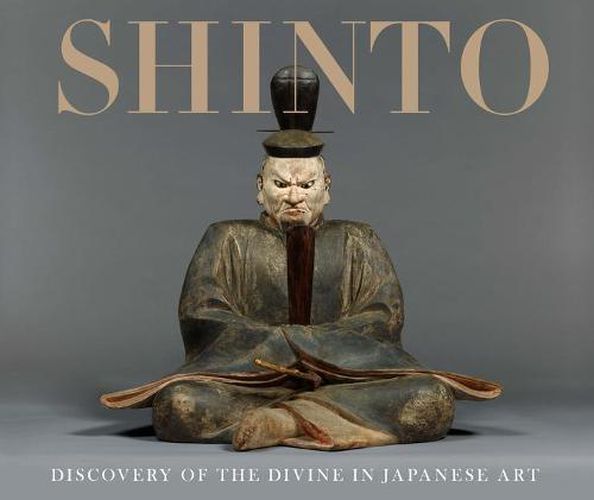Readings Newsletter
Become a Readings Member to make your shopping experience even easier.
Sign in or sign up for free!
You’re not far away from qualifying for FREE standard shipping within Australia
You’ve qualified for FREE standard shipping within Australia
The cart is loading…






Bringing the rich Japanese Shinto artistic tradition to life, this handsome volume explores the significance of calligraphy, painting, sculpture, and the decorative arts within traditional kami veneration ceremonies
A central feature of Japanese culture for many centuries, the veneration of kami deities-a practice often referred to as Shinto-has been a driving force behind a broad swath of visual art. Focusing on the Heian period (795-1185) through the Edo period (1615-1868), this generously illustrated volume brings the rich Shinto artistic tradition to life through works of calligraphy, painting, sculpture, and the decorative arts. Thematic essays authored by both American and Japanese scholars explore different dimensions of kami veneration and examine the significance of these objects-many of which have never been seen outside of Japan-in Shinto ceremonies.
$9.00 standard shipping within Australia
FREE standard shipping within Australia for orders over $100.00
Express & International shipping calculated at checkout
Bringing the rich Japanese Shinto artistic tradition to life, this handsome volume explores the significance of calligraphy, painting, sculpture, and the decorative arts within traditional kami veneration ceremonies
A central feature of Japanese culture for many centuries, the veneration of kami deities-a practice often referred to as Shinto-has been a driving force behind a broad swath of visual art. Focusing on the Heian period (795-1185) through the Edo period (1615-1868), this generously illustrated volume brings the rich Shinto artistic tradition to life through works of calligraphy, painting, sculpture, and the decorative arts. Thematic essays authored by both American and Japanese scholars explore different dimensions of kami veneration and examine the significance of these objects-many of which have never been seen outside of Japan-in Shinto ceremonies.